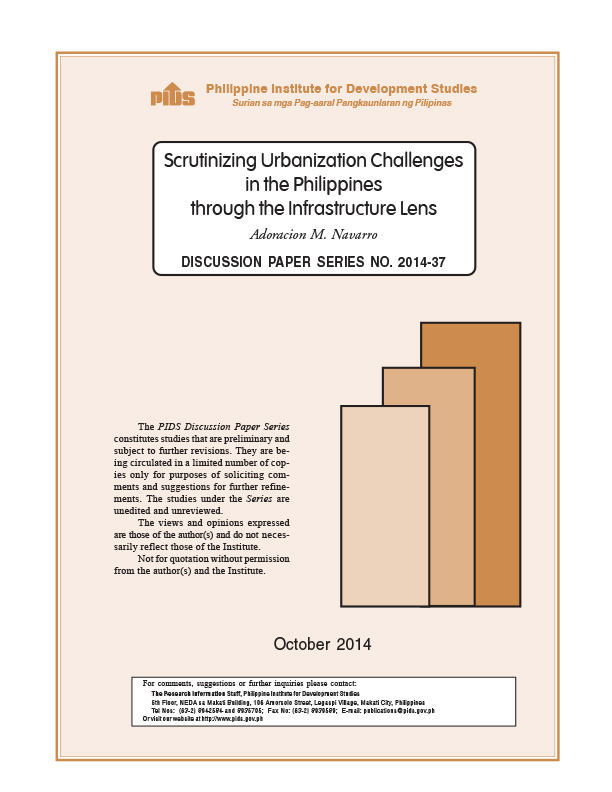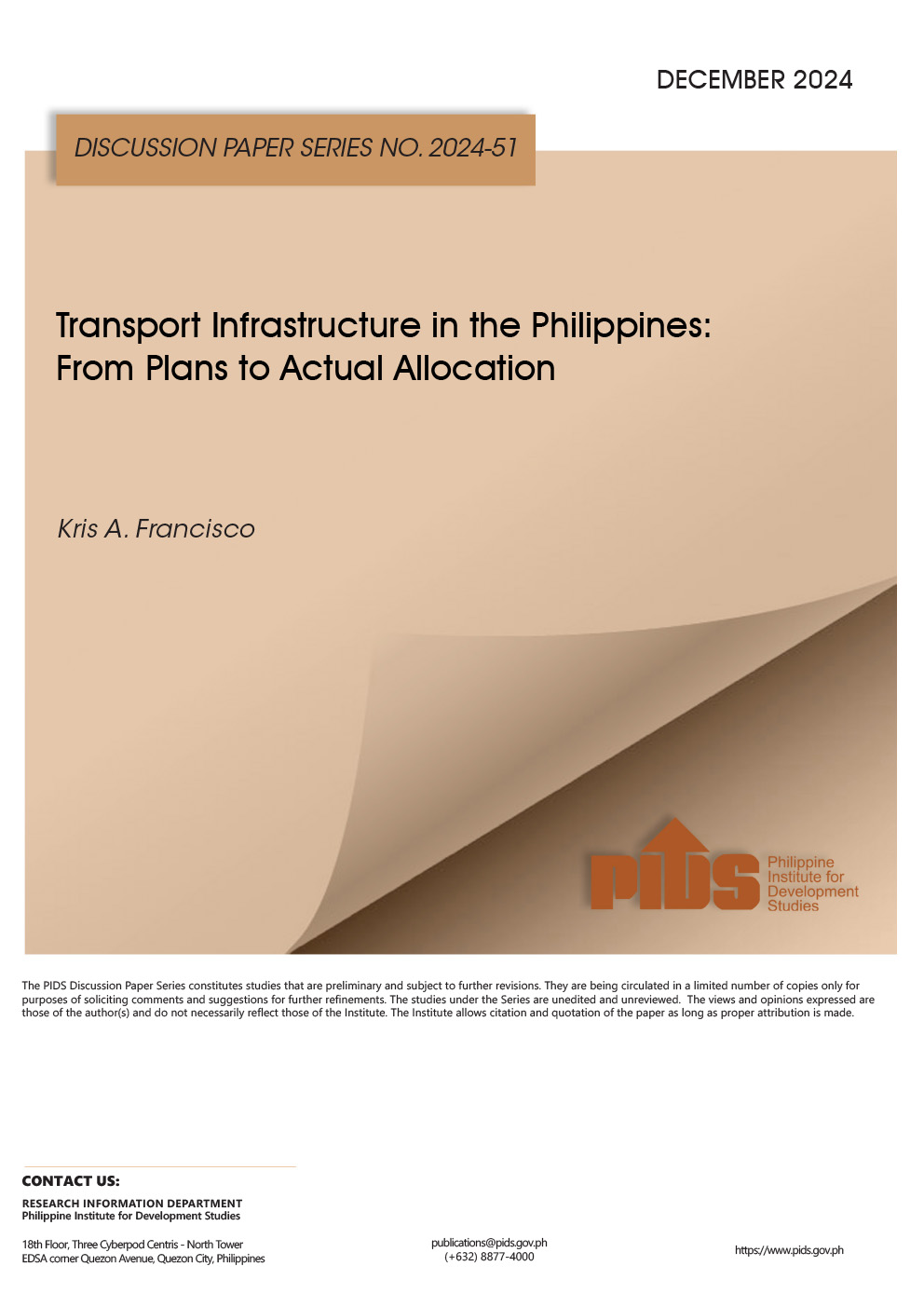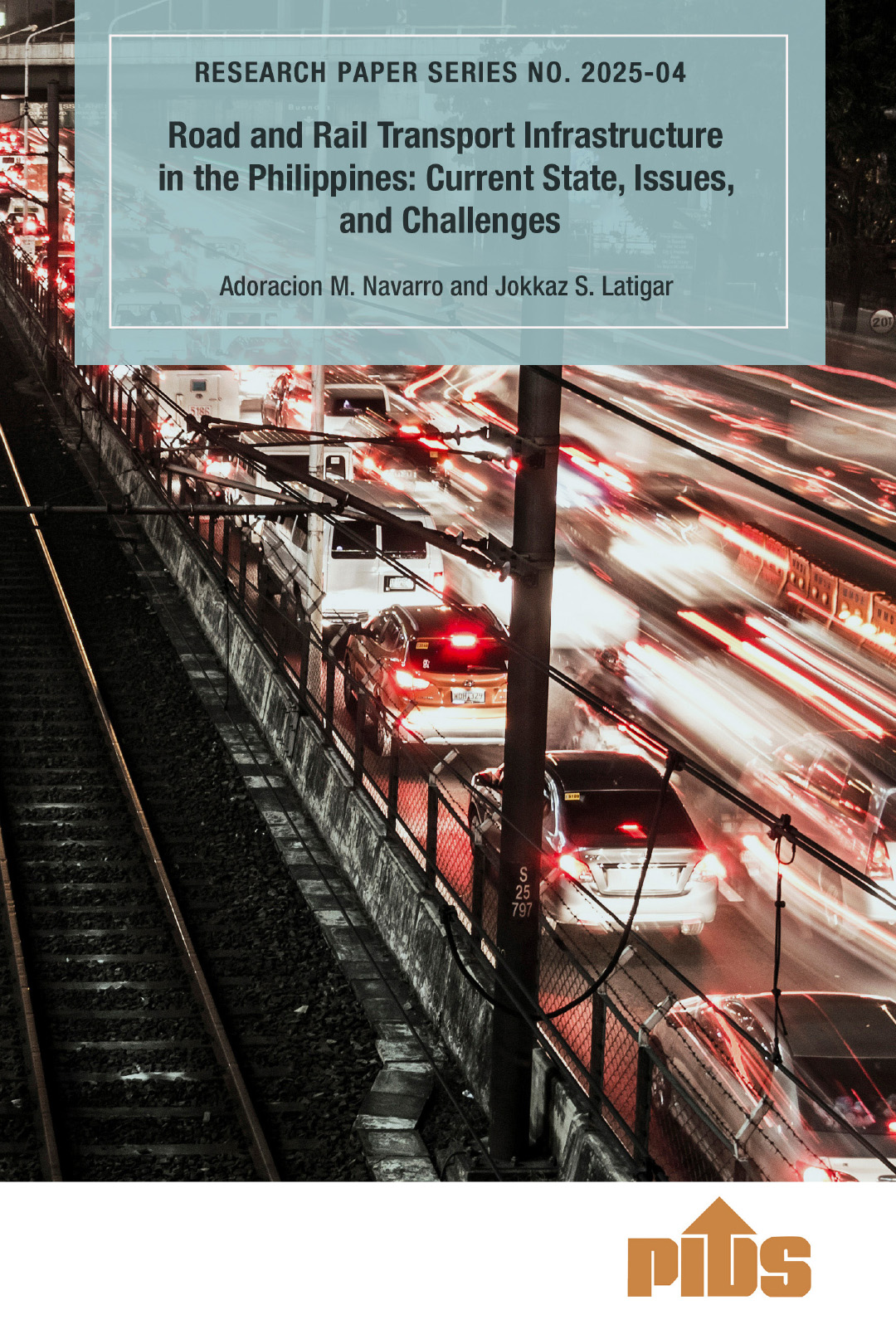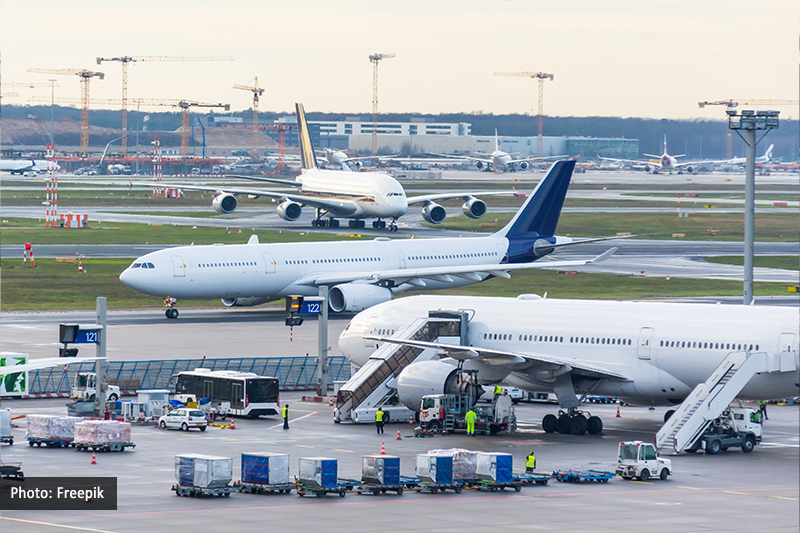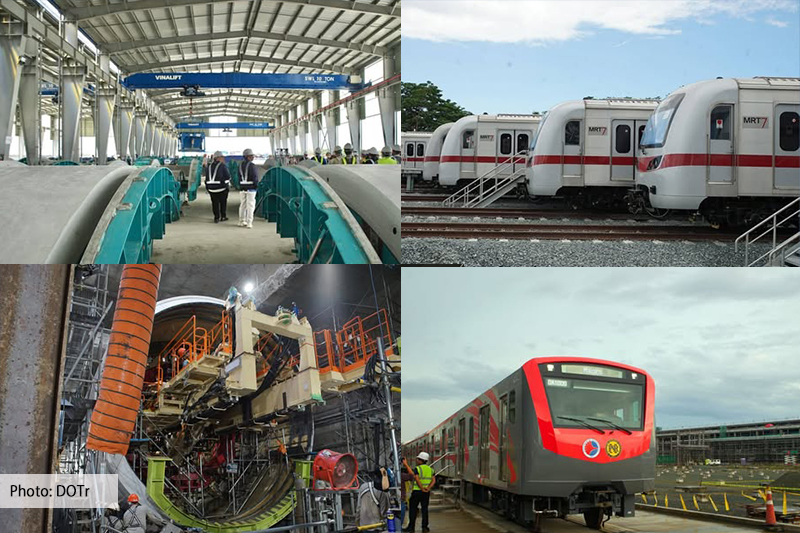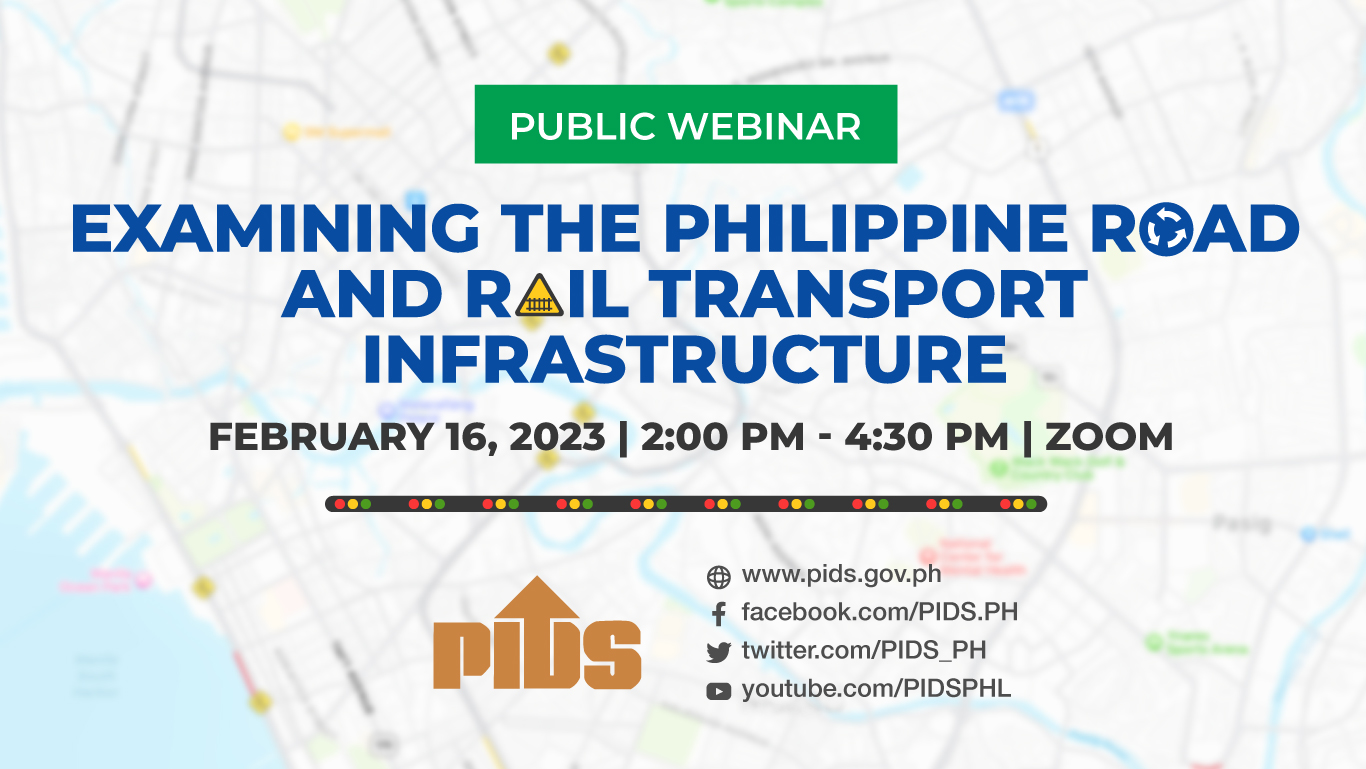Managing urban growth in countries requires that leaders plan ahead using national physical plans that, among others, safeguard land for utilities and physical infrastructure decades ahead, deliberately configures transport networks (including strategic seaports, controlled expressways and, if necessary, railway extension to suburbs) in order to induce factor mobility, and actively targets the removal of slums and urban renewal. Given this, it appears that Philippine urban development planning and implementation have overly focused on housing and neglected other types of physical infrastructure. Moreover, the urban development plans of local government units are fragmented and lack complementarity. This paper traces the roots of this state of affairs, proposes alternative ways of responding to the urbanization challenges in the Philippines, and discusses how regional cooperation among ASEAN Plus Three countries can help countries like the Philippines respond to urbanization challenges.

